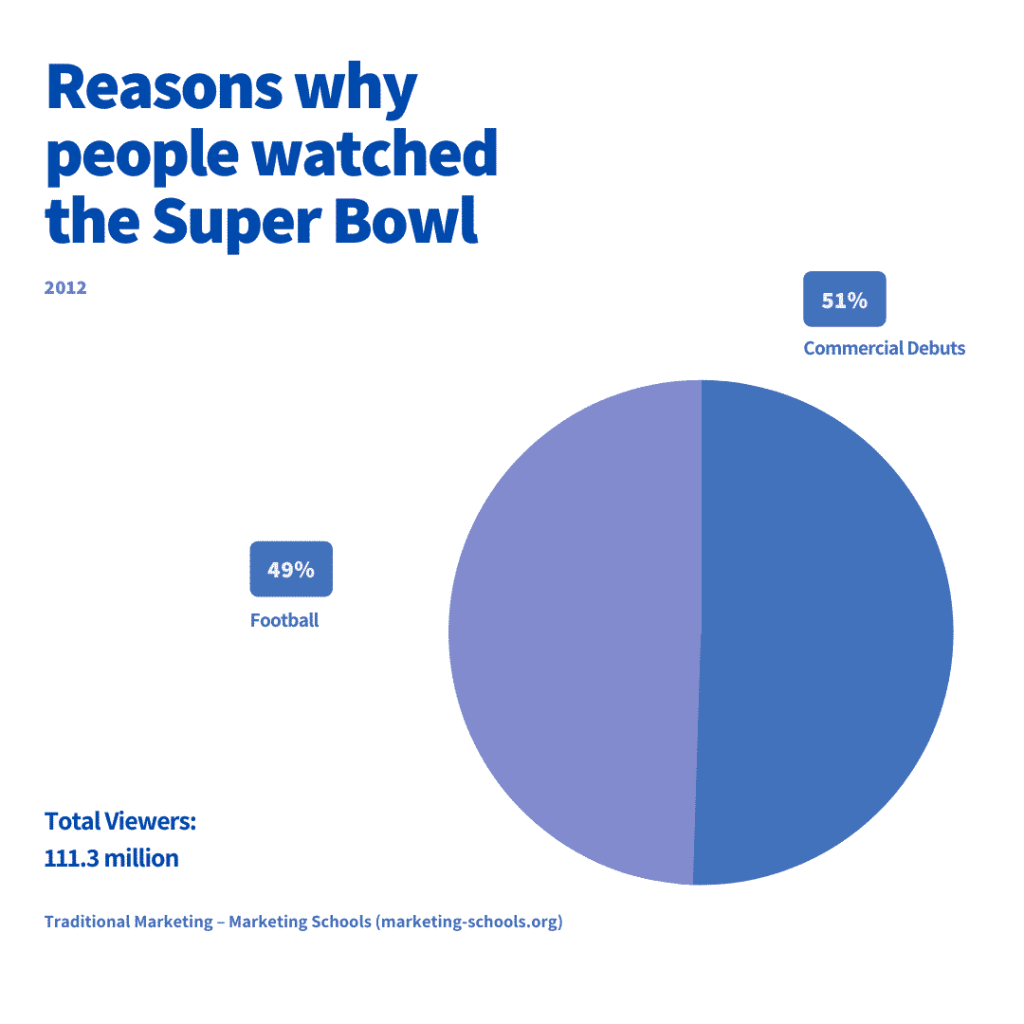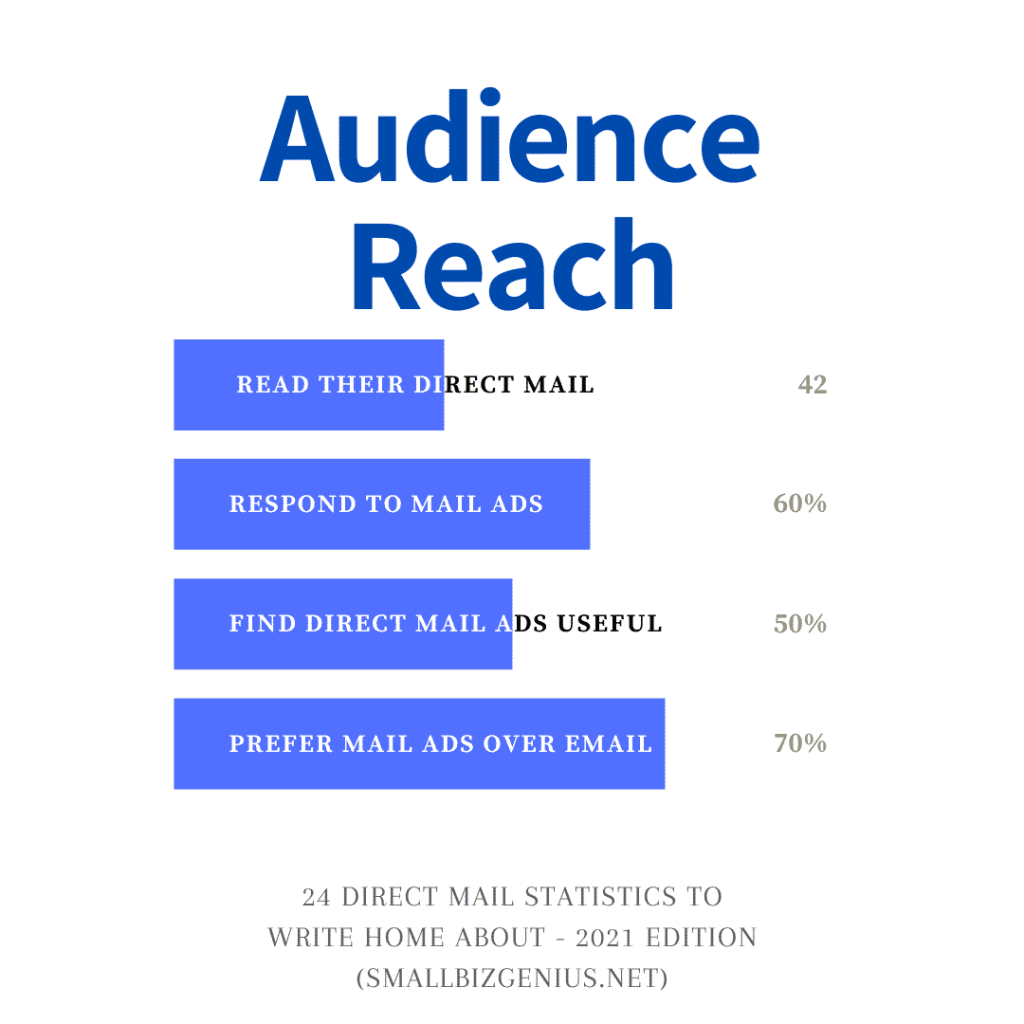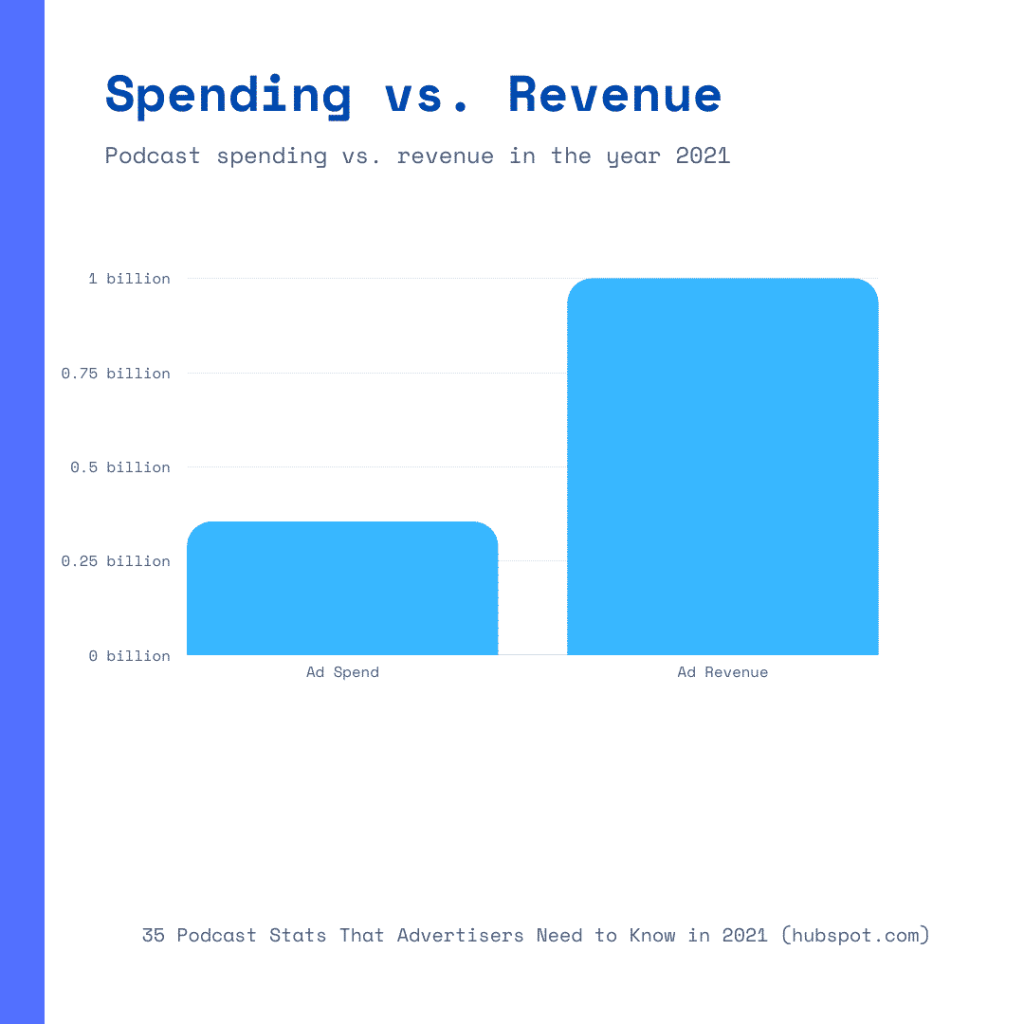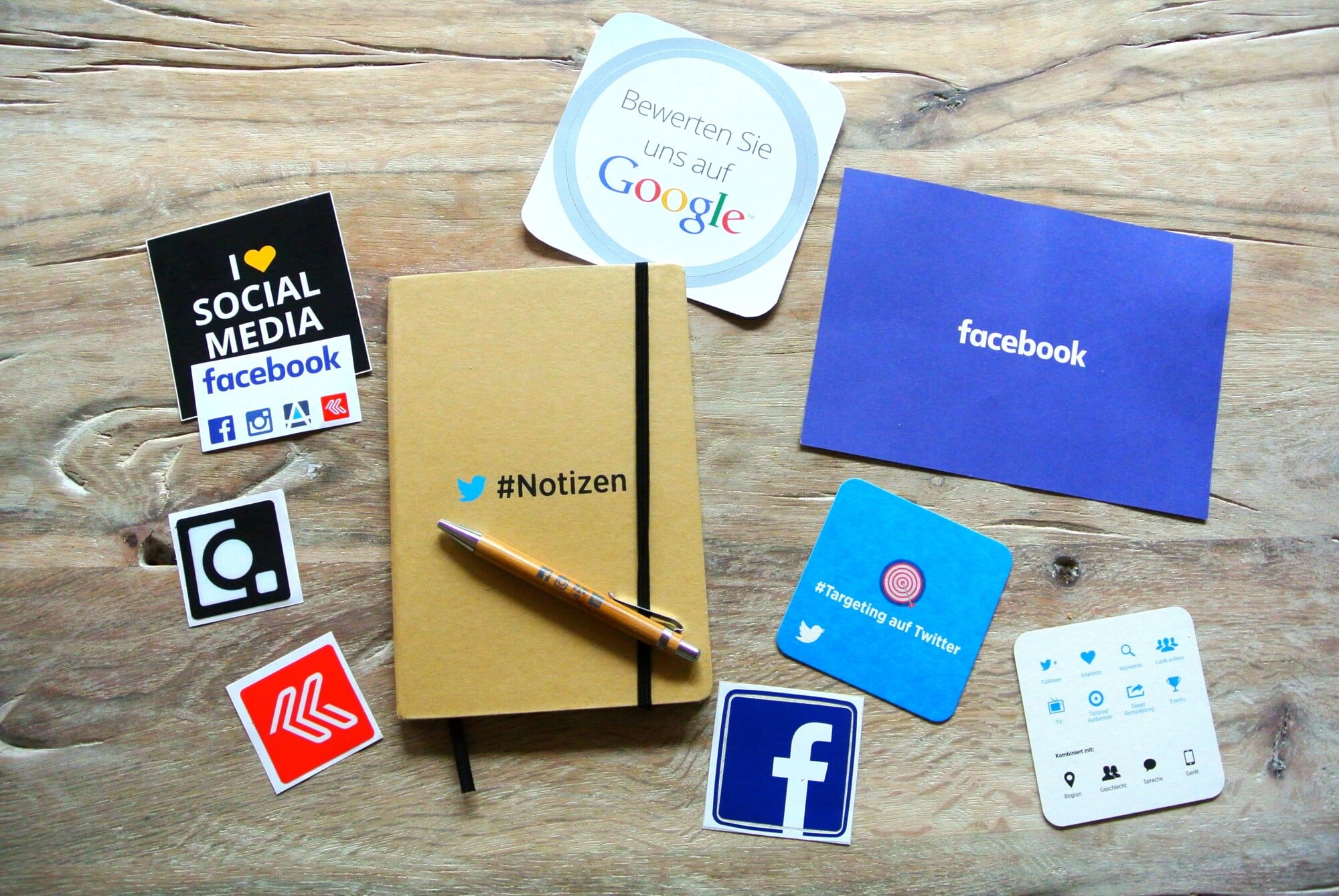What’s your current marketing plan? Who is tracking your advertising ROI? What is your online advertising presence?
If you don’t have a solid answer for these questions, it’s time to turn to the pros. Traditional marketing and digital marketing are ever-changing and evolving. It takes time and resources to make modern advertising (digital and traditional) work for your business.
Feel a little overwhelming? Keep reading to learn more about digital and traditional marketing and why it’s essential to know the difference.
What Is Traditional Marketing?
Traditional Marketing refers to print, broadcast, telephone, and direct mail advertising. Commercials on TV and radio are prime examples of traditional marketing. The real estate flyer in your mailbox or ad in the paper are examples of traditional marketing.
Television Ads

The 2012 Super Bowl finally proved most viewers just want to see the ads. Of the 111.3 million viewers, only 49% tuned in to watch football. The other 51% were more interested in watching the commercials debut.
While Americans’ time on devices has increased significantly since 2012, we’re still paying attention to TV ads. Fox network was charging $5.6million for 30 seconds of 2020 Superbowl ad time. Do TV Ads Work?
This year (2021), TV ads will generate over 24% of total media ad revenue. Car insurance companies, for example, spend billions on their funny and memorable TV ads.
While funny insurance commercials are very popular, they may not be enough to sway consumers. The data shows 79% of Americans will stay with their insurance company anyway.
TV advertising shouldn’t be discounted entirely. Memorable TV commercials and slogans create effective brand recognition. Want proof?
Finish these slogans:
Like a good neighbor…
Fifteen minutes could save…
We are farmers…
Nationwide is…
With the advent of SmartTVs, this once traditional advertising channel is turning digital. Read more about that below.
Flyers and Direct Mail

Direct mail and flyers are anything you’d find in your mailbox or stuck in your front door. Direct mail advertising can come in an envelope or postcard form. This traditional marketing tactic is helpful for those who want to target a specific audience.
If you ask an experienced real estate professional for advertising advice, they’ll tell you direct mail isn’t dead. However, it takes more in our digital environment than direct mail alone. Still, direct mail is an essential piece to a modern marketing, digital and traditional strategy combo. The Numbers Don’t Lie
Check out these stats from Smallbizgenius:
- Over 42% of individuals who get direct mail read it
- Additionally, 60% of Americans respond to direct mail ads by visiting their website
- Return on investment for direct mail is 29%
- More than 70% of people prefer ads via direct mail because they have control over when to read it
- Snail mail takes 21% less brainpower to process than email
- Over 1/2 of people who get direct mail find it useful
Making direct mail for you involves the right strategy. Blind mailing won’t get the same results as targeting marketing. Direct mail will be the most effective when it’s part of a multichannel approach.
Radio Ads
The good old-fashioned airwaves are another excellent example of traditional marketing. According to Business Insider, Q1 of 2020 saw 91% of Americans tuning into radio weekly. Additionally, Q2 of last year saw 42% of audio sources were AM/FM radio.
In fact, 2020 saw the most significant dip in radio advertising. Radio isn’t expected to recover to pre-pandemic popularity but will probably see a slight climb into 2021.
Americans are still listening to the radio. This traditional marketing channel is making its way to the digital world with streaming services and more tech listening.
Telephone Marketing
Telemarketing isn’t what it used to be. Caller ID has made telemarketers easy to evade. Salespeople who make cold calls are sometimes frustrated by their lack of results.
Here are some cold-calling stats compiled by Finances Online:
- Just over 41% of sales professionals say their phones are their best sales tool.
- The best time to call potential clients is Wednesdays 4-5 PM; the worst is Fridays 1-3 PM.
- Most sales reps don’t still don’t find cold calling effective
- As many as 58% of consumers want to talk about pricing during their first call with a sales representative
- Less than 40% want to know why they should purchase what’s being sold
Despite the rise in digital channels, telemarketing isn’t a dead method. Successful telemarketers have changed their strategies to adapt to the current climate.
Magazines and Newspapers
Gone are the days of twice-daily community newspapers. Many local newspapers around the country aren’t even printing daily anymore.
What about magazines? Their content is widely available online as well. Here’s what the numbers tell us:
- 70 % of income earners $100,000 or more read newspapers
- When making decisions about purchases, 82% of consumers trust ads in print the most.
- 82% of the 25yrs old and under crowd read old magazines
- Print readers spend an average of 20 minutes with their material
When used with a targeted and researched approach, print marketing can be effective. Print marketing alone isn’t as effective as a hybrid approach. Effectivity of print media skyrockets 400% when combined with digital efforts.
Is Traditional Marketing Effective?
Traditional marketing can be effective. The data proves even the old-school marketing tactics can work in today’s environment.
Traditional marketing usually costs more than digital options, especially if you’re mailing out materials. It can also be more time-consuming–like telemarketing.
When paired with a multichannel and researched approach, traditional marketing methods can be effective. Pair it with the right digital marketing, and you have a winning combination.
Traditional marketing is permanent and tangible. It’s also more memorable than many of its digital counterparts.
Traditional marketing can also be costly to measure or track ROI. Conventional marketing channels don’t give opportunities to interact with your audience.
Is Traditional Marketing Worth the Investment?
The data tells us sometimes traditional marketing is profitable, and sometimes it isn’t. Many aspects of traditional marketing are difficult to track, making it tough to find precisely how much you make or lose on it.
Since there’s no substitute for a personalized card in your mailbox, there are aspects of traditional marketing that do pay off. If you need to market to the 40 and over demographic, it won’t make sense to neglect all traditional marketing channels.
What Is Digital Marketing?
Social media ads, online videos, and emails are examples of digital marketing. Any online medium used for marketing purposes is considered digital marketing. Even digital billboards and connected TV qualify as digital marketing.
Influencer Marketing
Influencers use their social media platforms to inform (and influence) their followers. Influencer marketing is arguably the fastest-growing marketing channel. In fact, influencer marketing campaigns bring in $6.50 ROI for each dollar spent.
A good influencer makes their followers feel like close friends. Influencers then review or use products and recommend them to their followers. This has proved a valuable strategy, and an online advertising business should pay attention.
Marketers report an 84% satisfaction rate with their influencer marketing investments. Per a 2017 Google report, searches for influencer marketing skyrocketed 325%.
The same source reports teens and young adults trust their favorite influencers over celebrities. Many young followers even claim their favorite influencer understands them better than their friends.Which Platform?
Influencers reach their followers through Instagram, Facebook, TikTok, Twitter, Twitch, and other social media platforms. This year 67% of brands marketed Instagram.
TikTok is a close second, with 45% of brands choosing to advertise there. Other social media platforms are still alive and well with influencers and advertisers, but their growth isn’t as remarkable.
Facebook and Twitter have dropped. LinkedIn and Youtube have stayed relatively stable. Influencers should keep an eye on Twitch as well. The social gaming platform brand representation grew by 8% this year.
Email Marketing
From ads to member letters to email newsletters, email marketing is still very effective.
The US has over 244 million email users. Oberlo reports an ROI of $42 per $1 invested in email marketing. Many professionals report checking their email up to 20 times a day for updates.
The advent of the smartphone has undoubtedly helped this trend. With email in everyone’s pocket, it’s easy to reach your demographic through their inbox.
The real estate industry is a great example. Any interested party who fills out a form on your website is likely to engage. Email newsletters and weekly listing updates make for an excellent pipeline for commercial and residential real estate pros.
Text and Mobile Phone Ads
Americans spend an average of 5.4 hours on their mobile phones daily. How could you not reach them with text ads? Users can sign up for text alerts to get a coupon code or see real estate listings.
Once you have their number and agreement to communicate, you can easily reach them through text ads. Text daily listings, upcoming showings, sales, or other company events.
Text ads can direct clients to your website or social media accounts for more engagement.Connected TV and Over the Top TV
TV looks different now than it did in 2012. Smart TVs and OTT streaming services have changed the way people view Television. Kids are so used to streaming their favorite shows; some may not even know what TV commercials are.
Streaming services like Amazon Prime have a new advantage with CTV and OTT. Consumers watch shows on Prime and see a commercial for a new product. The next time they browse Amazon, that new product might find its way into their you may also like feed.
This is an oversimplified snapshot of CTV and OTT marketing capabilities. Your streaming service has an algorithm for your habits and likes. The streaming service can use that same algorithm for targeted marketing strategies during CTV and OTT streaming.New Delivery Styles
With CTV and OTT, advertisers aren’t bound to traditional-style TV commercials. CTV advertising includes ads on home screens, banners, and pop-ups. It’s a lot easier to slip in an image with words on a website than a 20-45 second commercial.The Stats
CTV investments grew by over 40% in 2020. What are projections for the future? With investments of $13.41 billion, CTV and OTT are only expected to grow over the next five years.
In addition, 60% of advertisers are shifting dollars from traditional TV to CTV and OTT ads instead.
Podcasting

Almost everyone has a podcast right now. No matter what your favorite topic or niche interest is, chances are it’s got a pod. Starting a podcast is a lot of work and might take time you don’t have.
Digital advertising on other podcasts might just be the tactic you need. Take a look at some of these podcast marketing stats below:
- Ad spending on podcasts is projected to hit around $354 million this year
- Ad revenue for podcasts will exceed $1 billion by 2021
- Over half of podcast listeners say they’re more interested in brands they hear about on podcasts
- Most podcasts charge between $10 and $50 for ad slots
- Popular podcasts with higher listenership may coast more
Podcast ads are perfect for target audiences. Consumers in niche and focused interest groups are easier to reach through topics podcasts.
Webinars and Virtual Events
2020 felt like the year the world went virtual. All those seminars and events were reframed in a way businesses and clients could still benefit.
If your company holds a virtual meetup or webinar, advertising at the event won’t be tricky. But how do you advertise the event?
Social media channels and email campaigns are great ways to get the word out.The Numbers
Bizzabo has done some research about virtual events, and the post-pandemic numbers aren’t surprising.
Take a look:
- The majority of event marketers (97%) think a hybrid convention model will be popular this year
- 54% of those who register for virtual events show up to them
- Over 80% of event organizers can reach more people using a virtual event model
- 20% fewer marketers believe in-person events are the most critical marketing channel
- The majority of executives (85%) still believe in-person events are essential
- 90% of event marketers are planning to invest in virtual marketing from now on
- 57% of event marketers think their event budget won’t be as high in 2021
- Nearly 90% of businesses saved 200 hours by using event technology instead of an in-person event
- 20% of companies saved 360 hours by replacing conventional events with event technology
While the 2020 pandemic saved a lot of travel budget, virtual events aren’t replacing traditional ones. Most executive leadership still sees value in in-person events. However, hybrid and more virtual events are on the rise.
Content Marketing
Blogs, webpages, infographic posts on social media. These are all examples of content marketing. Content marketing is a great way to inform your target audience about your product or services.
Potential clients see a post on social media or in their inboxes. They click, read, and learn! Future content will appear as ads or suggestions when they sign on again using an omni-market strategy. SEO
Certain words can be calibrated to pop up on search engines (like Google or Firefox) with content marketing. This is called Search Engine Optimization (or SEO).
For example, if you create a blog post about
Is Digital Marketing Effective?
When done right, digital marketing is highly effective. More and more, businesses are taking notice.
Content marketing is a great way to display your expertise and build credibility with your audience. Omnichannel and multichannel digital marketing can reach more people through social media and internet advertising.
Most digital marketing costs less than traditional marketing. Many digital channels yield more significant ROI than traditional channels. Effective online marketing still requires a plan and an investment.
What Are Companies Spending on Digital Advertising?
In 2020, US businesses spent:
- $43 billion on social media advertising
- Over $31 million on Facebook ads
- $61 on mobile display ads
According to The Influencer Forum, 46% of US Business to Business marketers spend more on advertising. Influencer marketing budgets will see a 48% increase in the near future. In addition, 55% will up their CRO budget.
Is Digital Marketing a Substitute for Traditional Marketing?
The numbers don’t lie. Digital marketing is the wave of the future. The data also makes it clear there’s still plenty of room for traditional marketing channels.
Some digital marketing may become a substitute for its traditional counterpart. For example, as billboards become digitized, they will replace traditional billboards. As of now, there’s space for both.
More and more consumers may begin to shift the way they listen to music and watch TV. If fully digital models replace traditional ones, digital marketing may become a substitute. Until then, there’s space for traditional and digital to exist together.
Traditional marketing channels are still effective and profitable when used with the right strategies. Digital marketing channels tap into seemingly endless technology innovation and growth. When used in combination, the two methods make each other stronger.
Better Together: Multichannel and Omnichannel Marketing
Single-channel marketing uses only one marketing channel to reach consumers. Multichannel and omnichannel marketing use more than one channel but in different ways.
Multichannel Marketing
Multichannel marketing refers to the use of more than one channel to sell or advertise a product or service. A multichannel marketing approach uses the same ad material through each channel.
Think of a bike wheel with spokes. Picture the consumer in the middle and a different marketing channel at the end of each spoke.
For example, if a client is interested in some corporate real estate, they may see a LinkedIn ad for your website. A pop-up greets them, offering daily listings if they enter their email.
Once their email is entered, you can send them an invitation to like you on Facebook and Instagram. Each message gives a call to action to the consumer.
Multichannel marketing is centered around your product or site, not the consumer. The consumer is responsible for moving from one channel to the next, including physical stores or websites.
Omnichannel Marketing
Omni, meaning all, also uses many channels to reach consumers. Omnichannel is built around the consumer. Omnichannel marketing is set up like a Venn diagram or flow chart.
Using the example from above, a client enters their email on your website. After you have their email address, you can find them on social media. They will start to see pop-up ads tailored to their preferences.
If the consumer is interested in green technology, you can send them energy-efficient listings. With omnichannel marketing, you do the hunting and gathering for the consumer. In the end, they get the info they want without having to search for it.
Omnichannel marketing has proved highly successful when done well. Implementing an effective omnichannel strategy takes extensive tech resources. If an omnichannel marketing strategy isn’t well planned and maintained, it won’t be profitable.
The Numbers
According to invesp, multichannel shoppers spend three times more than single-channel shoppers. Consumers want quality products at their fingertips with little to no effort. Omnichannel marketing, when handled correctly, delivers results.
Online Advertising: Getting It Right
If you’re running a successful business, you know the importance of a business plan. Without a business plan, you lack direction, organization, and budget. The same concept applies to online advertising and marketing.
The world of digital marketing is constantly changing. There’s so much data available, but it takes time and expertise to organize and analyze it. According to Investopedia, the average cost of creating a professional marketing plan is $10,00 to $40,000.
The Right People for Your Online Advertising
Your company needs an online advertising business to create and manage your marketing plan. Cindtoro knows how to be effective with digital marketing in an ever-changing environment.
Let Cindtoro Digital Marketing partner with you. Together, we can help your company grow and achieve your business goals. Give us a call at 407-923-0109 or send us a message.

